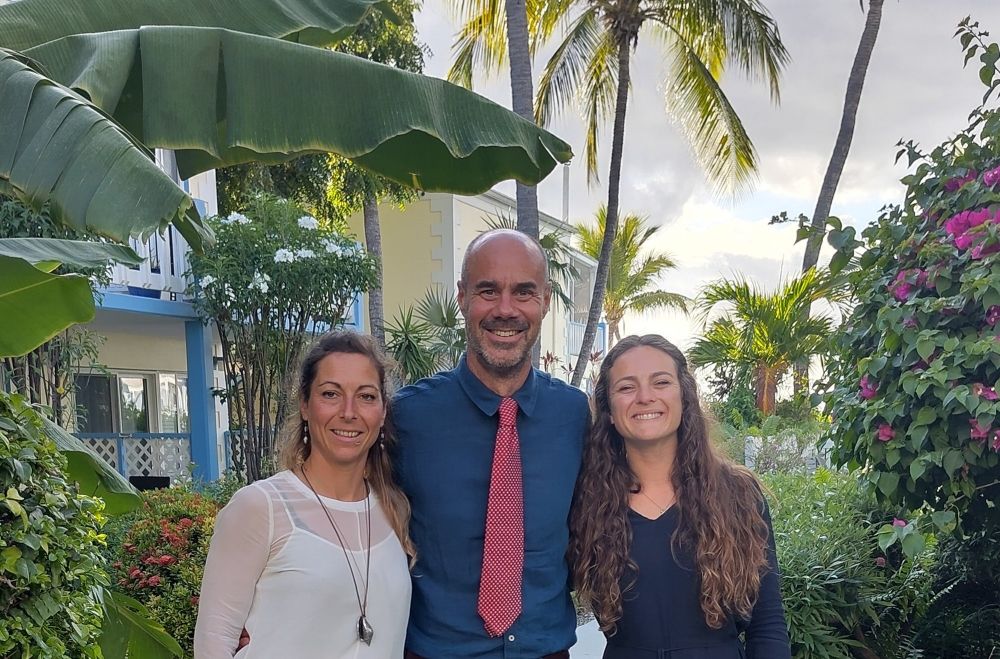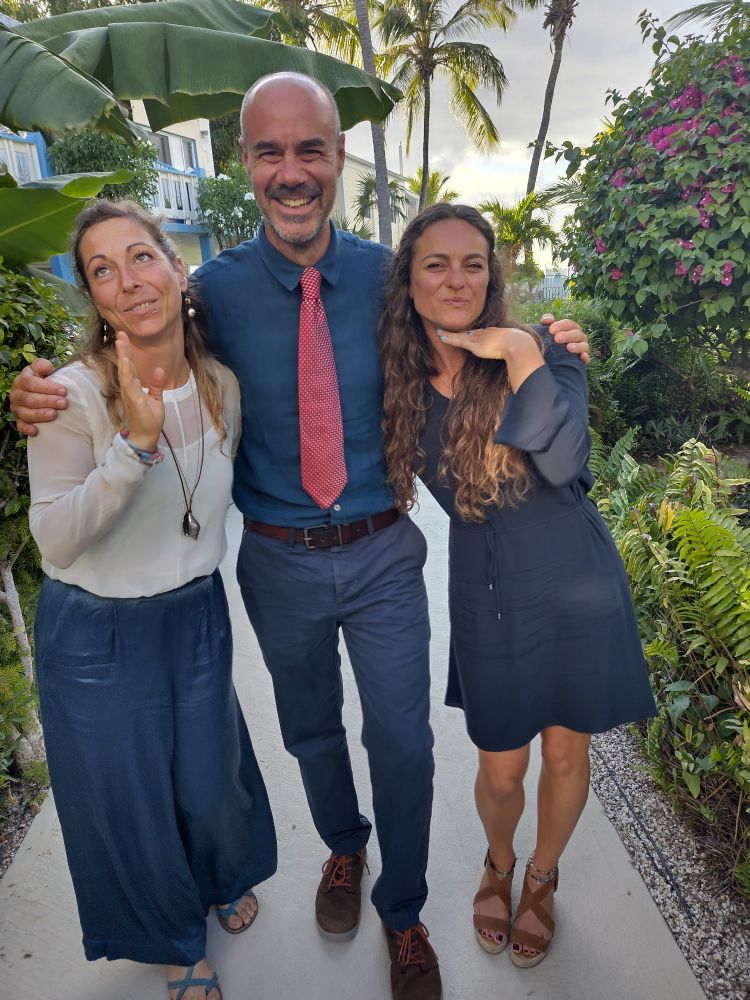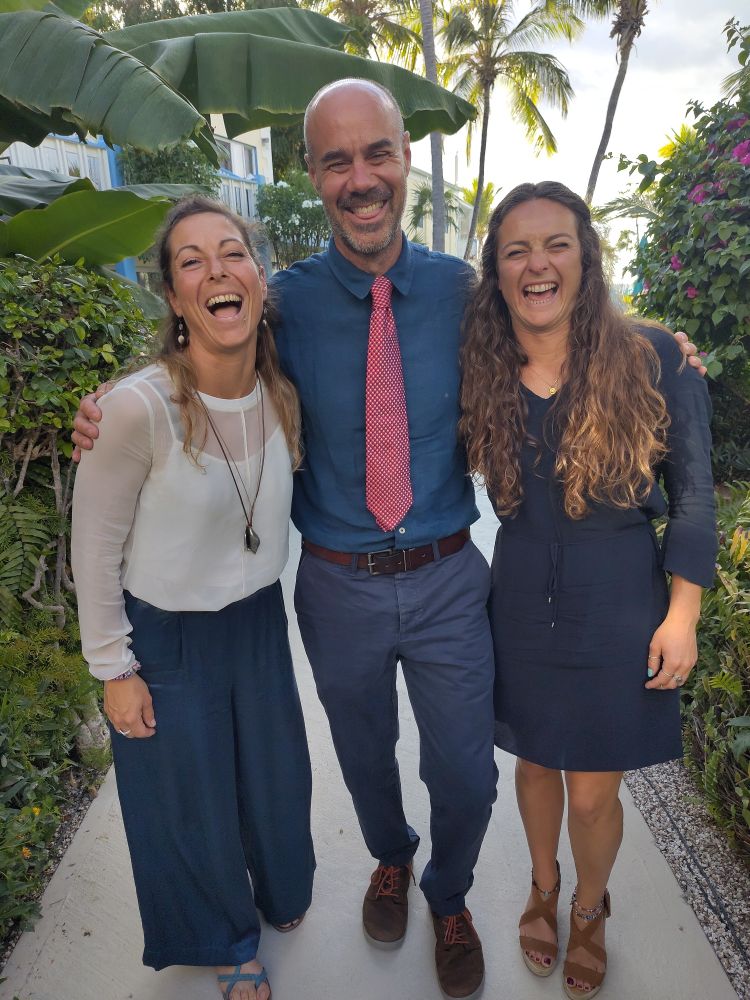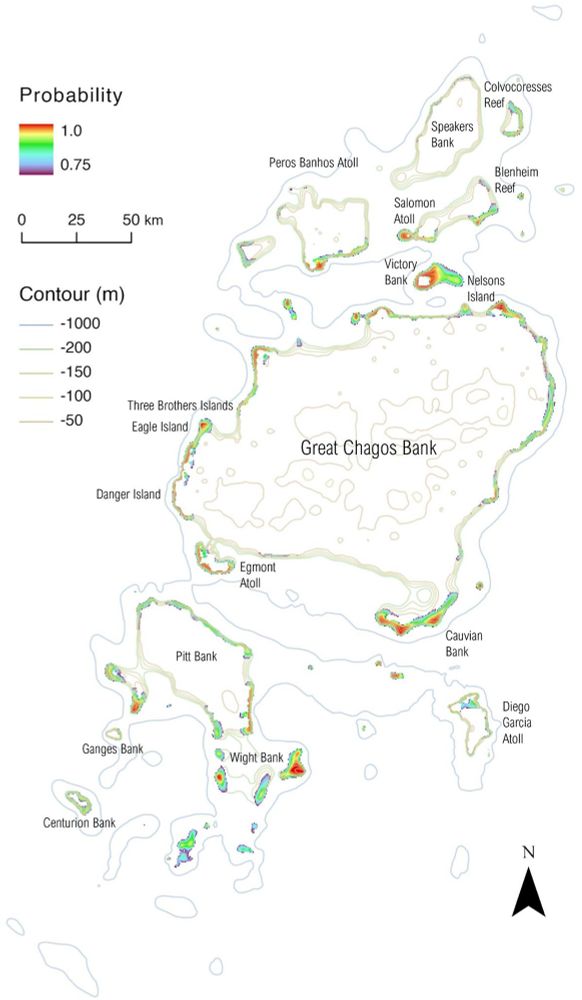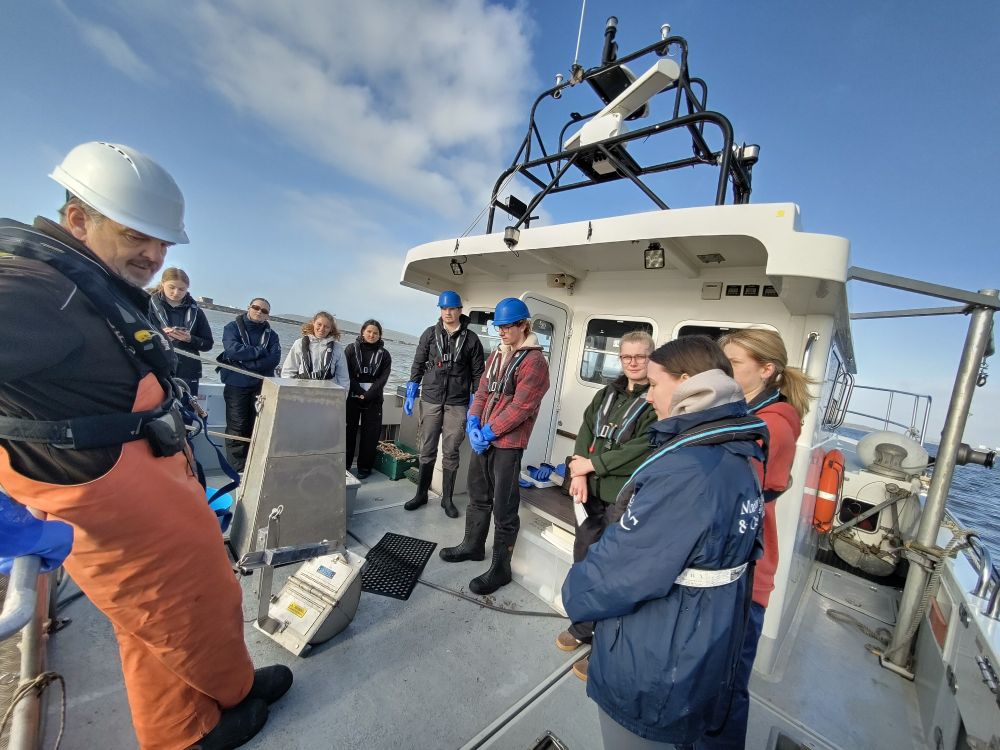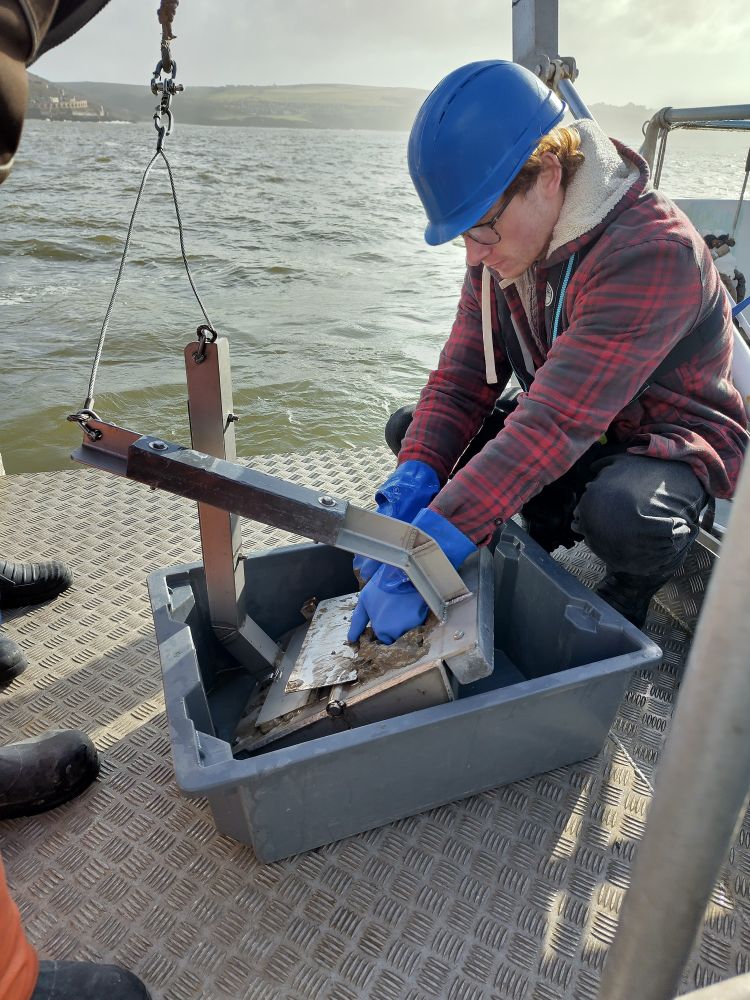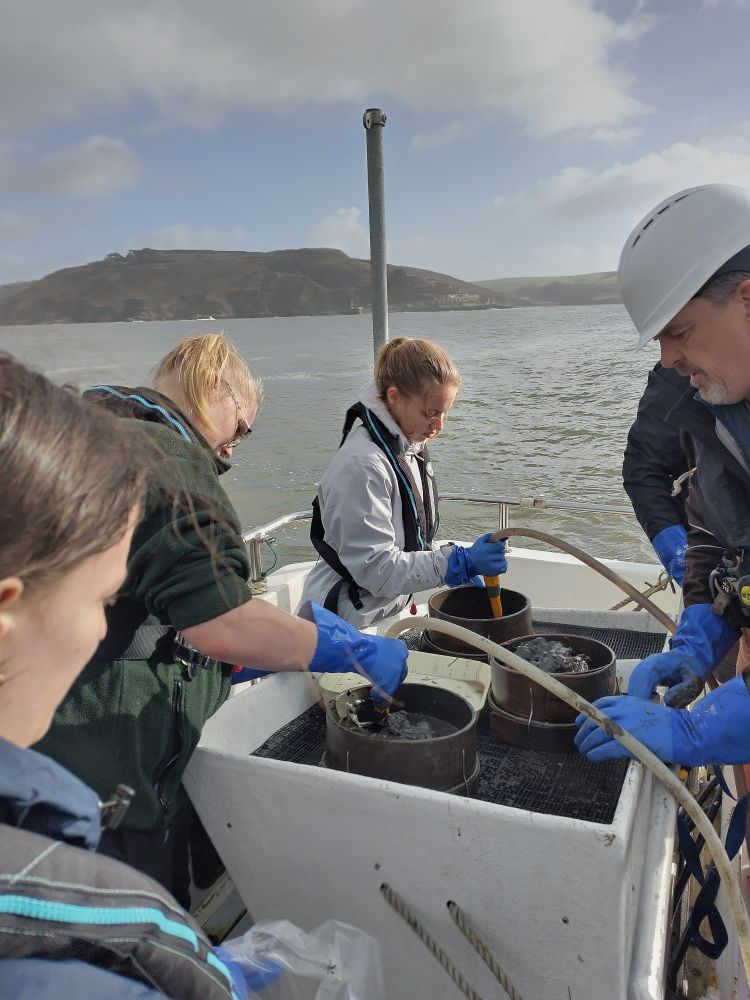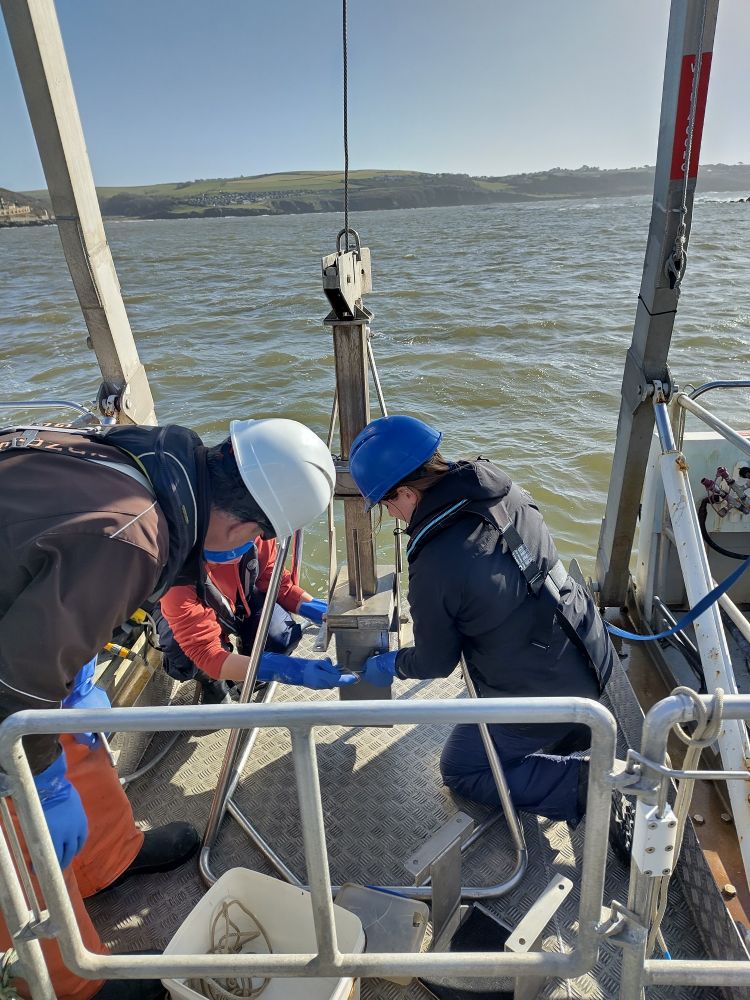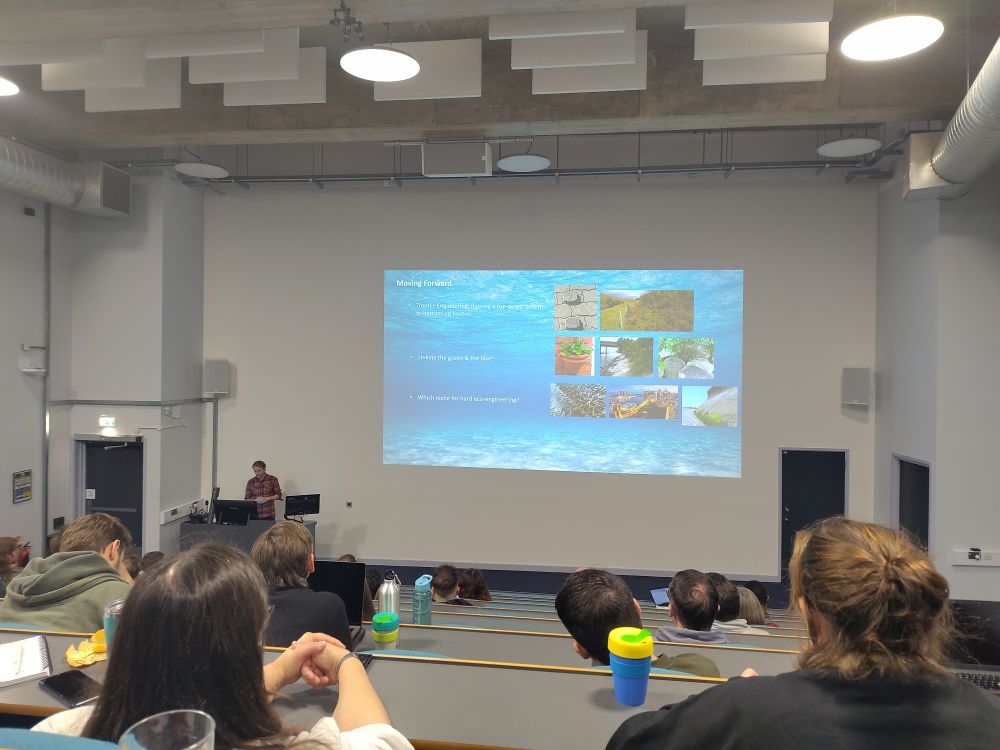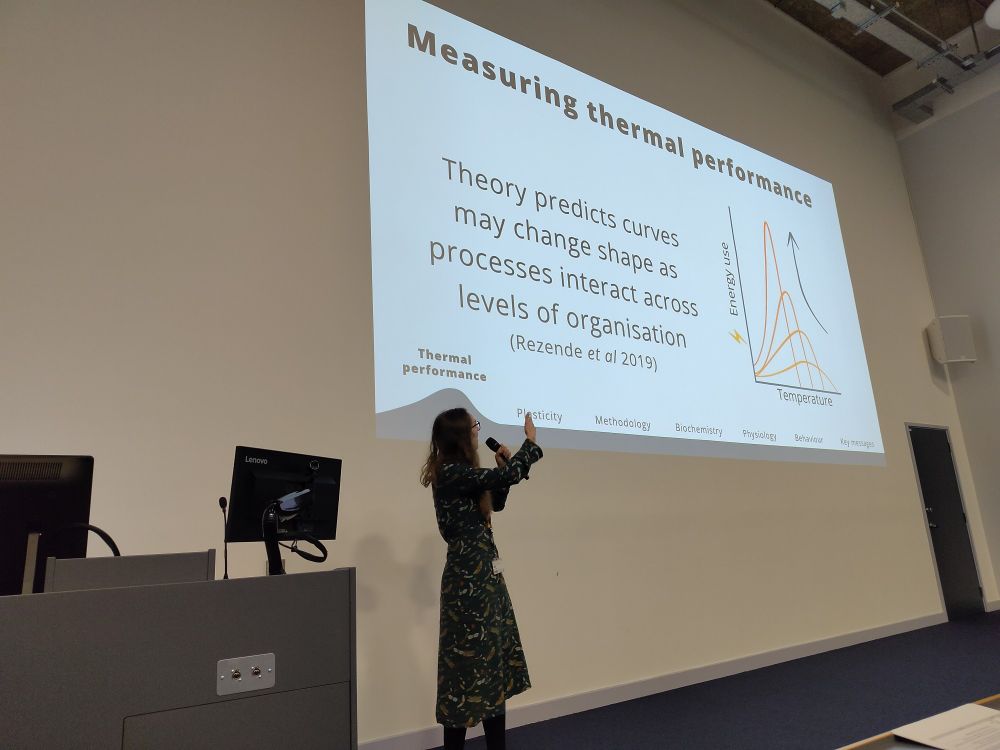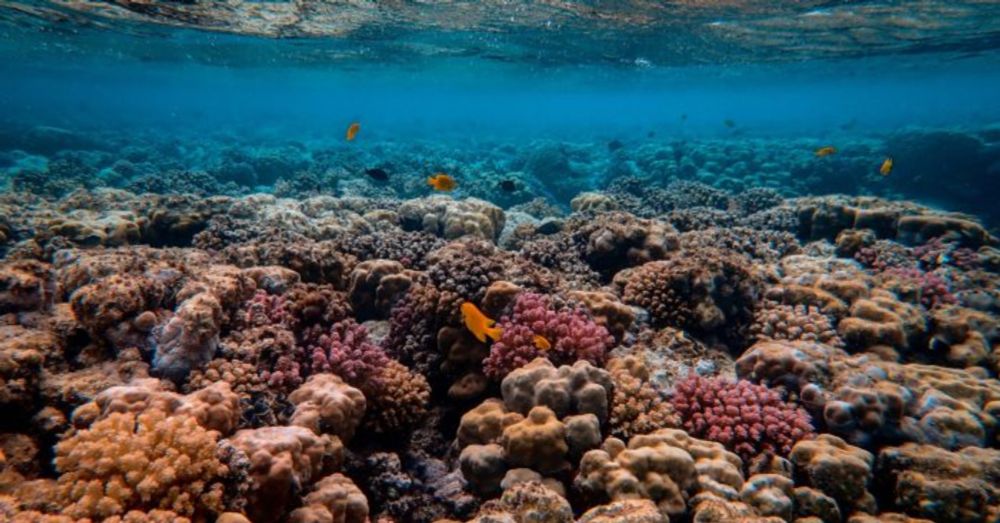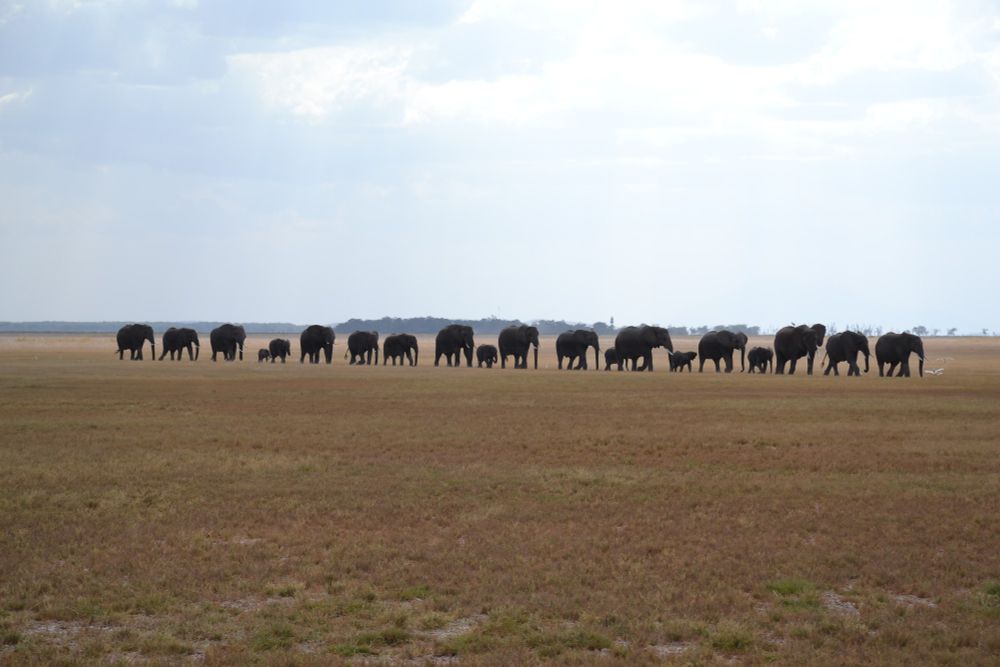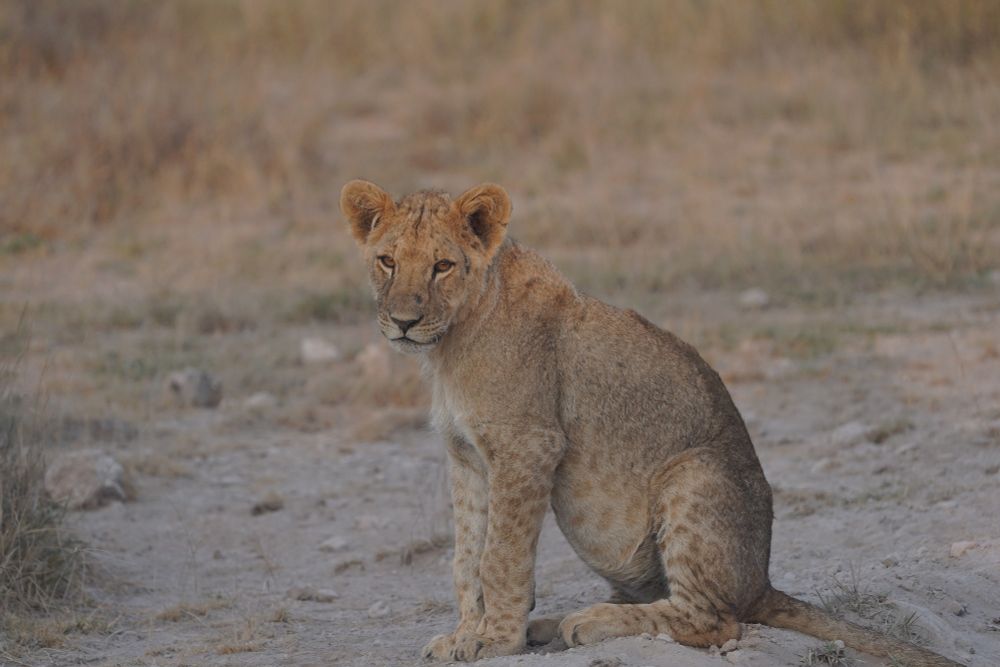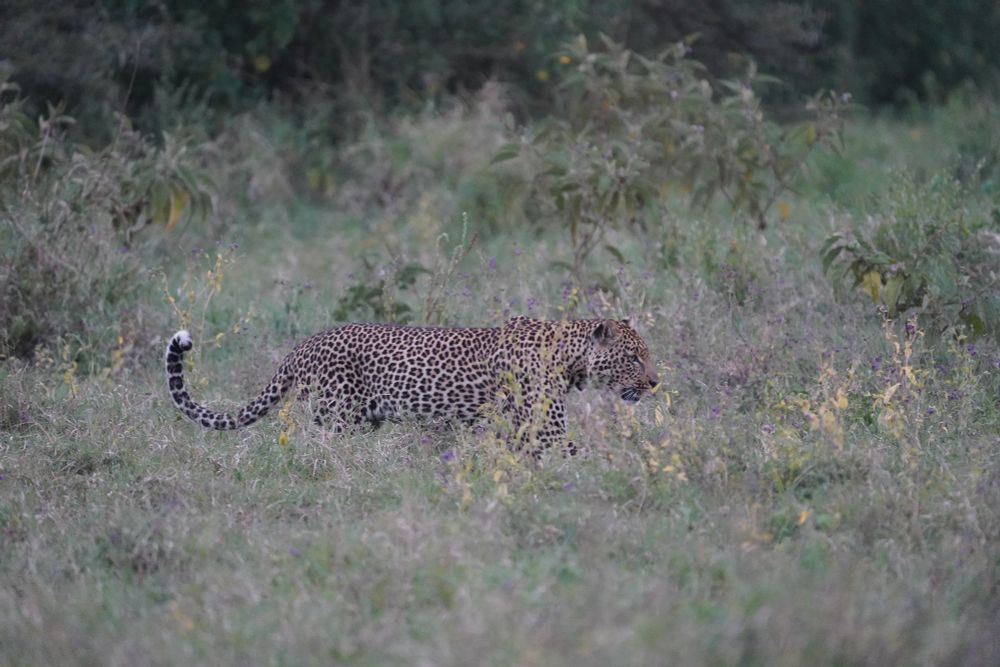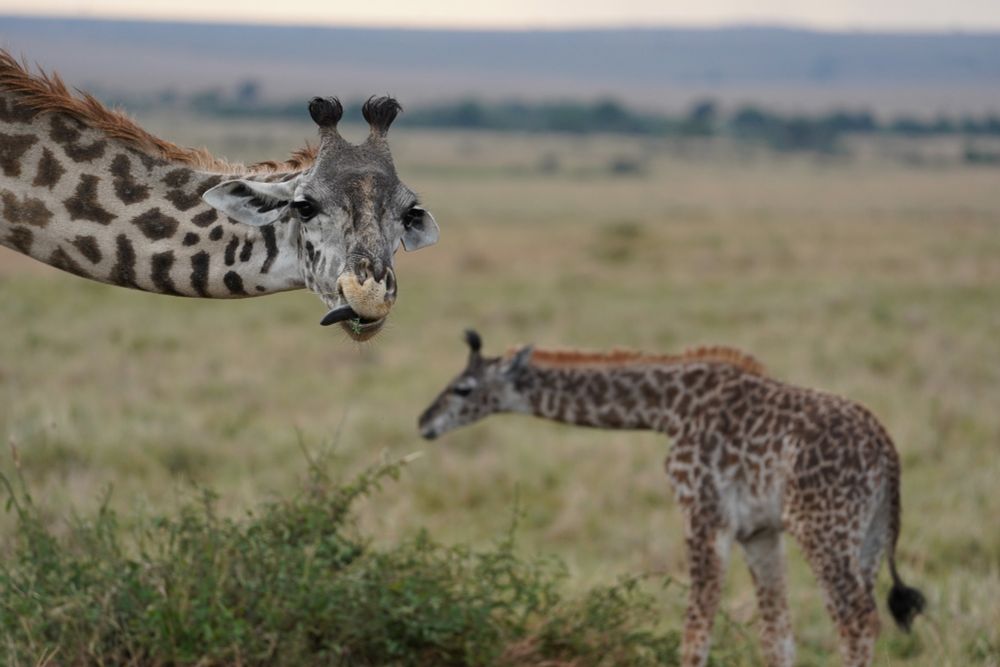Still time to register for free! 💃🏼
31.07.2025 10:05 — 👍 1 🔁 0 💬 0 📌 0
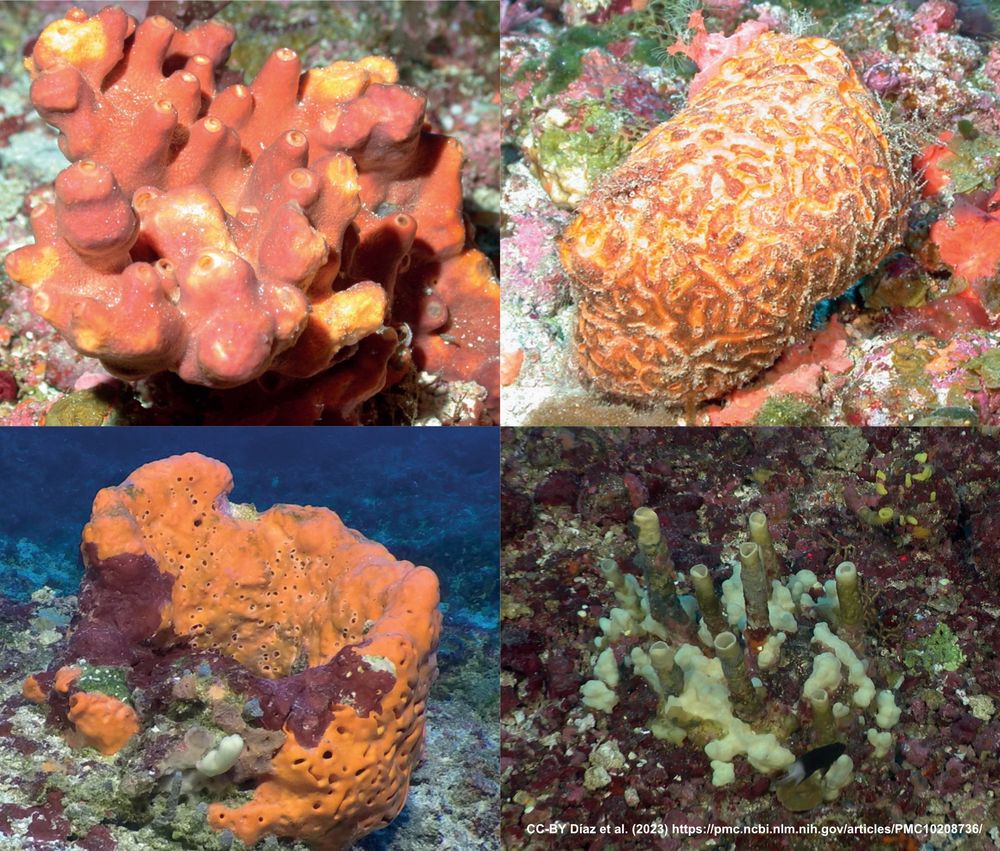
What links these corals?
They’re all part of mesophotic coral ecosystems—deep, dim, and little-understood habitats teeming with life.
Join Dr Clara Diaz @dr-clara-diaz.bsky.social for a free marineLIVE webinar:
www.eventbrite.co.uk/e/1348496111...
#Marine #Coral 🌍 🧪
@britishecologicalsociety.org
11.07.2025 10:08 — 👍 1 🔁 1 💬 0 📌 0
If you want to brighten your summer by listening about #mesophotic #reefs, come and join me for an hour, it's online and free 😜🪸💃🏼
@plymbiomarsci.bsky.social @iomarinescience.bsky.social
02.05.2025 15:18 — 👍 6 🔁 2 💬 0 📌 0
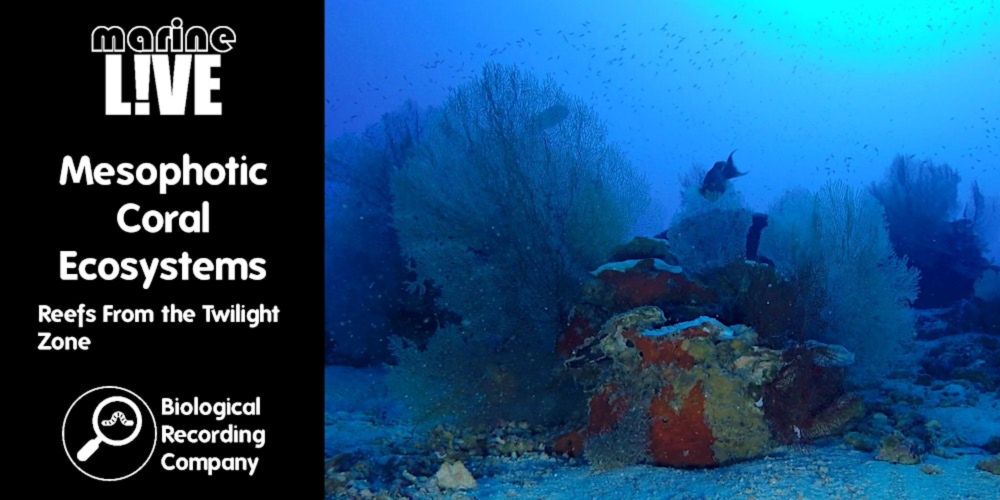
Mesophotic Coral Ecosystems: Reefs From the Twilight Zone
Join Dr Clara Diaz on a journey into the mysterious world of mesophotic coral ecosystems and work to study them in the Indian Ocean.
🪸 Dive into the deep! Join @dr-clara-diaz.bsky.social on 5 Aug for a free webinar exploring mesophotic coral ecosystems — mysterious, vibrant reefs hidden in the twilight zone of the Indian Ocean. @britishecologicalsociety.org @plymuni.bsky.social
🎟 www.eventbrite.co.uk/e/1348496111...
02.05.2025 14:36 — 👍 1 🔁 1 💬 0 📌 1
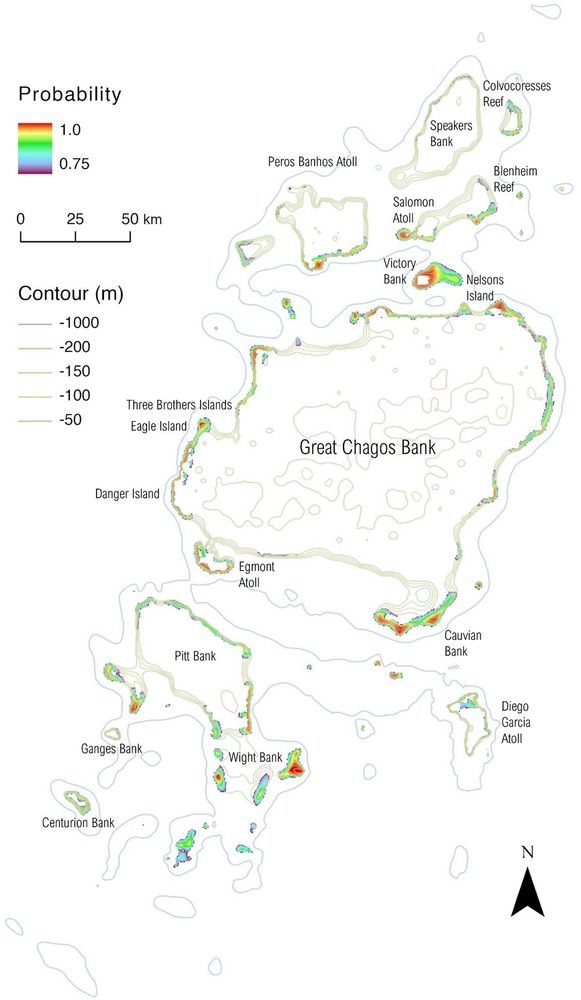
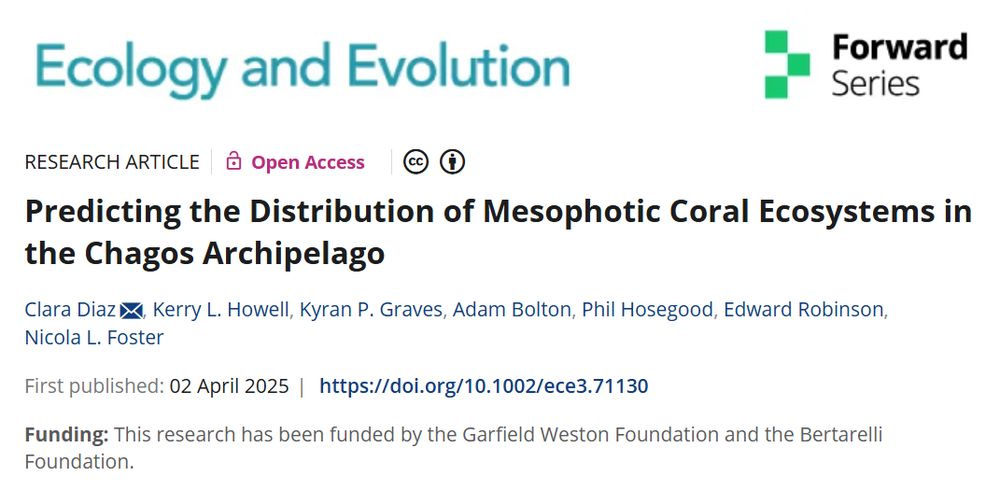
New paper led by @dr-clara-diaz.bsky.social looks at ‘Predicting the Distribution of Mesophotic Coral Ecosystems in the Chagos Archipelago’ This study provides the first prediction of MCE distribution and their benthic communities in the Archipelago. 🦑
onlinelibrary.wiley.com/doi/10.1002/...
17.04.2025 14:13 — 👍 2 🔁 1 💬 0 📌 0
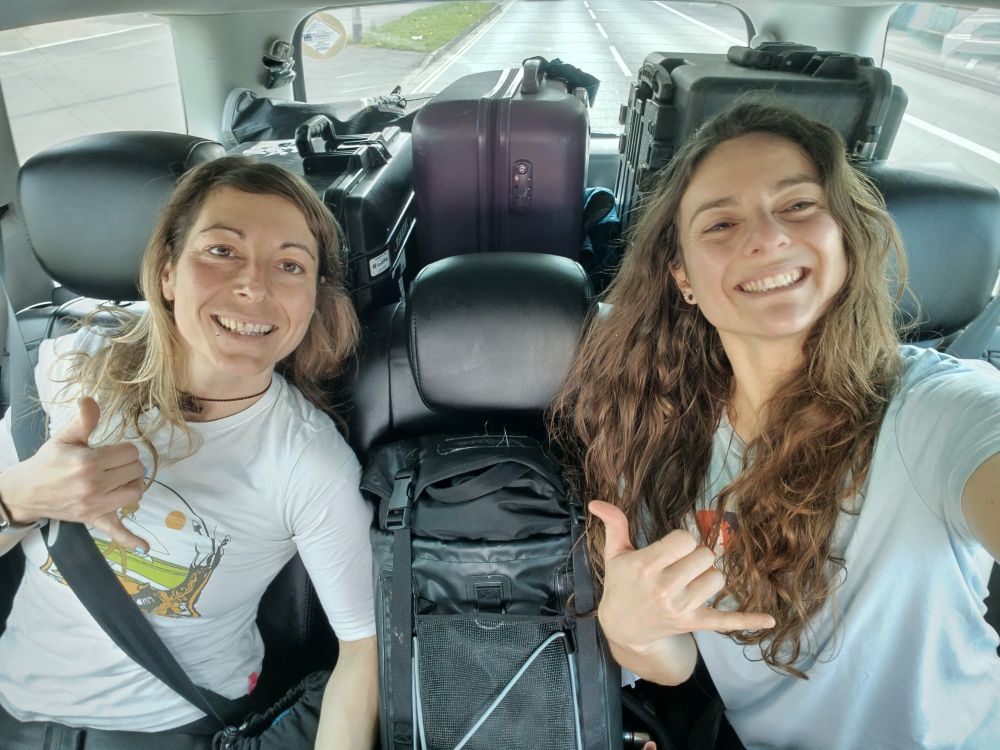
Travelling light for fieldwork... Only 8 luggage, easy 😂👌🏼👌🏼
@plymbiomarsci.bsky.social @plymuni.bsky.social @iomarinescience.bsky.social
24.03.2025 11:18 — 👍 8 🔁 1 💬 0 📌 0
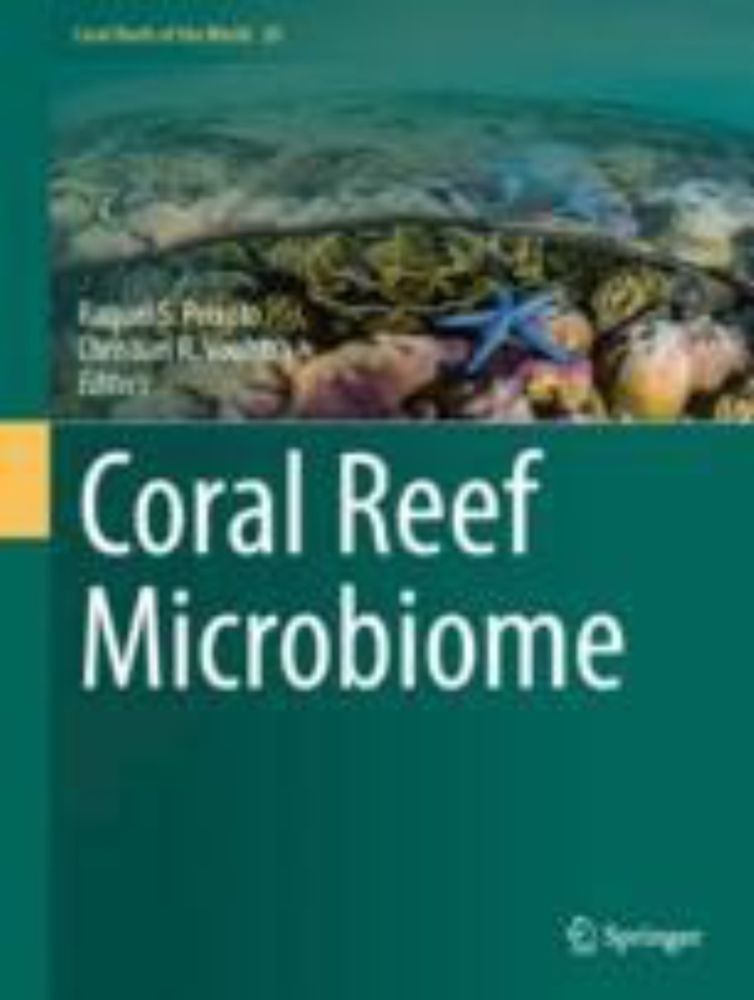
Coral Reef Microbiome
This book focuses on Structure, Function and Ecology of the coral microbiome and associated active interventions to conserve and restore coral reefs.
OUT NOW 'coral reef microbiome' by Springer Nature link.springer.com/book/10.1007... .. some 2.5 years in the making, jam packed: check out Ch.16 on Assisted Restoration as the sum of approaches required to deliver effective ecological restoration! Many thanks to all contributors @uni-konstanz.de
06.03.2025 15:06 — 👍 25 🔁 7 💬 0 📌 1
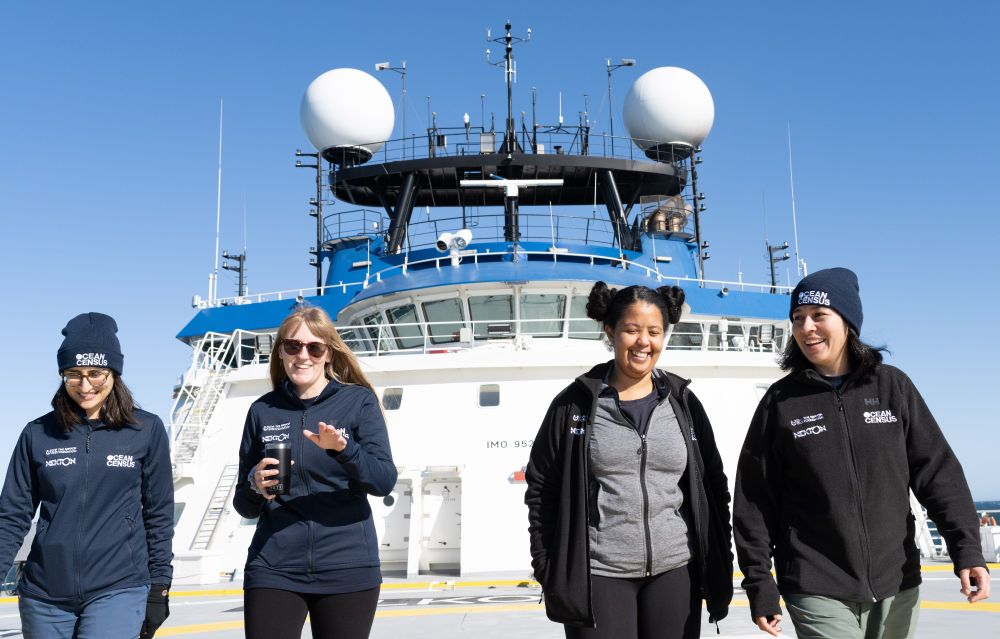
📣 We are thrilled to announce that the #SouthSandwichIslands expedition with Schmidt Ocean Institute and GoSouth is underway!
Find out more on our expedition webpage and follow along for updates. oceancensus.org/expeditions/...
24.02.2025 17:00 — 👍 9 🔁 3 💬 1 📌 1
@plymbiomarsci.bsky.social @plymuni.bsky.social
11.02.2025 16:05 — 👍 0 🔁 0 💬 0 📌 0
Super happy to be part of this great group of scientists 🙌🏼🙌🏼
#WomenInScience #WomenInSTEM
11.02.2025 15:59 — 👍 7 🔁 1 💬 1 📌 0

A graph of atmospheric carbon dioxide concentrations at the Mauna Loa observatory, Hawaii, from 1958 to 4th February 2025. It shows carbon dioxide levels rising at an accelerating rate over the decades. This is known to be due to emissions of carbon dioxide from human activity, mainly fossil fuel burning but also deforestation. The first CO2 concentration value in March 1958 was 315 parts per million (ppm). The latest daily value is 426 ppm. The graph also shows a seasonal cycle of a few ppm within each year, which is known to be linked to the growing season in the northern hemisphere causing a temporary uptake of carbon in spring and summer and release in autumn. The graph is produced routinely by the Scripps Institution of Oceanography, UC San Diego.
Although NOAA's page on atmospheric CO2 levels has vanished, you can still get this vital information from Ralph Keeling's team at the Scripps Institution of Oceanography, UC San Diego keelingcurve.ucsd.edu
Please follow bsky.app/profile/keel... for updates and share
Don't let science be hidden
05.02.2025 10:27 — 👍 1838 🔁 968 💬 47 📌 46
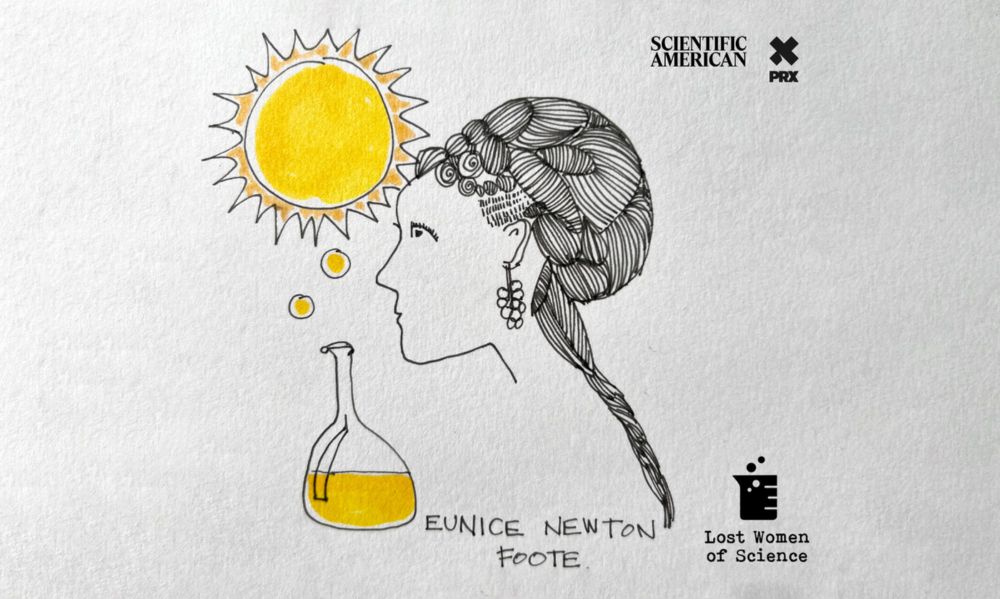
The Woman Who Demonstrated the Greenhouse Effect
Eunice Newton Foote showed that carbon dioxide traps the heat of the sun in 1856, beating the so-called father of the greenhouse effect by at least three years. Why was she forgotten?
The Woman Who Demonstrated the Greenhouse Effect
Eunice Newton Foote showed that carbon dioxide traps the heat of the sun in 1856, beating the so-called father of the greenhouse effect by at least three years. Why was she forgotten?
www.scientificamerican.com/article/the-...
05.02.2025 08:41 — 👍 379 🔁 106 💬 12 📌 1

Top left: Movements of a single silky shark (C. falciformis) tagged with a fin-mounted Argos-GPS SPOT transmitter on the Grattan Seamount in June 2017. Top right: Movements of 9 yellowfin tuna (T. albacares) fitted with PSATs at the Southern Seamounts between May 2017 and February 2018. Bottom: Aggregation of silky sharks (Carcharhinus falciformis) recorded over the Grattan Seamount during a baited remote underwater video survey (credit: Ascension Island Government Conservation and Fisheries Directorate).
Seamounts have been likened to ‘oases’ of life in the deserts of the open ocean. This integrated study of tropical #seamounts suggests that high faunal biomass is sustained by exogenous energy inputs and that they act as aggregating 'hubs' for marine top #predators 🧪 @plosbiology.org plos.io/4hqrJoY
05.02.2025 19:09 — 👍 31 🔁 8 💬 0 📌 1
Superb post-doc opportunity 👇Read the thread and get your applications in!
27.01.2025 18:57 — 👍 10 🔁 5 💬 0 📌 1
🚨Exciting new #coralreef postdoc!🚨
Apply to explore reef-pelagic connectivity with the @lec-reefs.bsky.social team! I’m thrilled to be partnering on this – we'll be tackling some fascinating research questions.
Full details & how to apply on original thread. Deadline: 28th Feb 🐟 Don’t miss out!
24.01.2025 05:29 — 👍 10 🔁 8 💬 0 📌 0
Postdoctoral Associate / Senior Postdoctoral Associate
Click the link provided to see the complete job description.
Come work with us! We are hiring a postdoc to assist in several ongoing projects in coral reef larval and disease ecology. Successful candidates will have interests in numerical modeling. Experience in coral larval husbandry/ex-situ spawning is a plus. Please reach out with questions, and repost!
24.01.2025 20:30 — 👍 5 🔁 9 💬 0 📌 1
Thank you Martin 😊
18.01.2025 16:32 — 👍 0 🔁 0 💬 0 📌 0

Research Associate II in Miami, Florida, United States of America | Research at University of Miami
Apply for Research Associate II job with University of Miami in Miami, Florida, United States of America. Research at University of Miami
🚨come and work with us🚨
CIMAs is hiring a lab manager for AOML's 'Omics program, please share broadly!
The position will manage several molecular biology lab spaces to support NOAA’s growing efforts in ‘Omics.
For more information and to apply: Visit careers.miami.edu/us/en/job/R1...
15.01.2025 20:29 — 👍 3 🔁 13 💬 1 📌 0
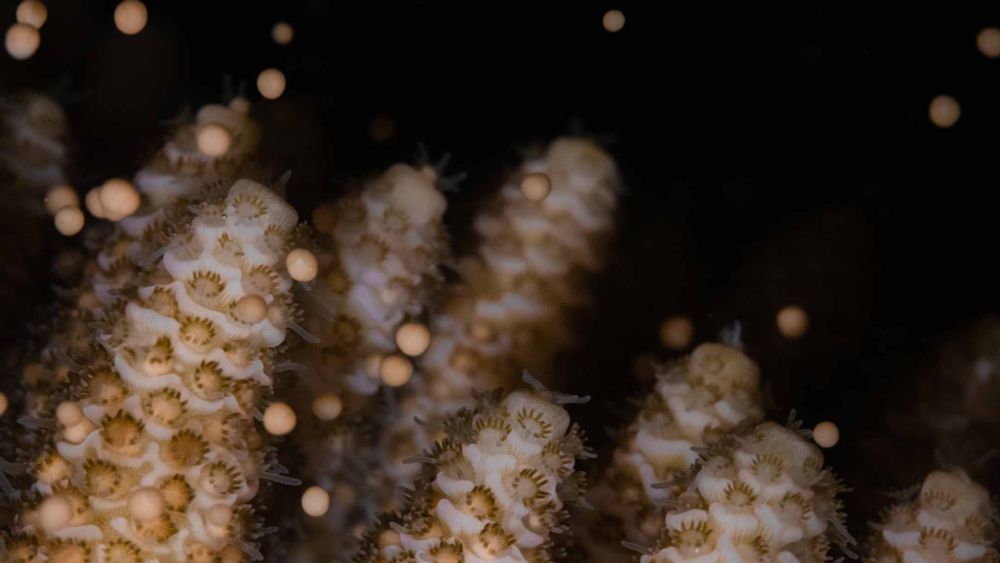
JOB OPPORTUNITY: Experimental Research Technician – Upscaling Coral Propagation (Australian Institute of Marine Science)
careers.aims.gov.au/page.php?pag...
#coralreefs #coraljobs #coralcareers #jobopportunity #coralreefecology #coralpropagation #researchtechnician #marinescience #marinebiology
16.01.2025 08:01 — 👍 1 🔁 1 💬 0 📌 0
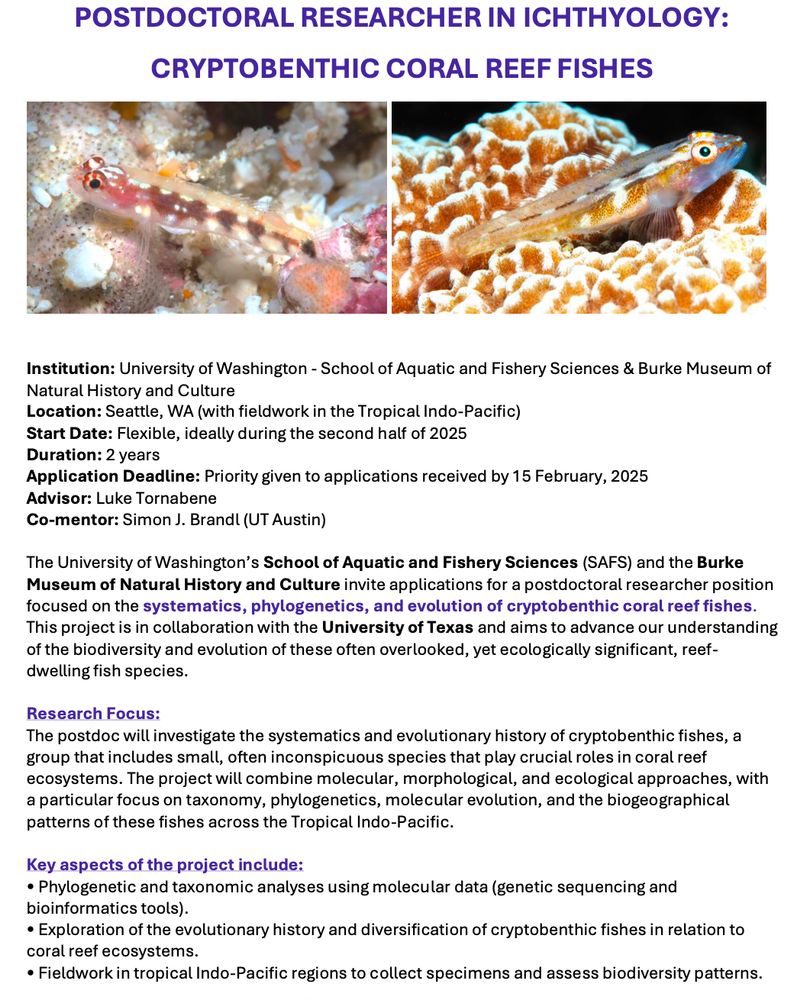
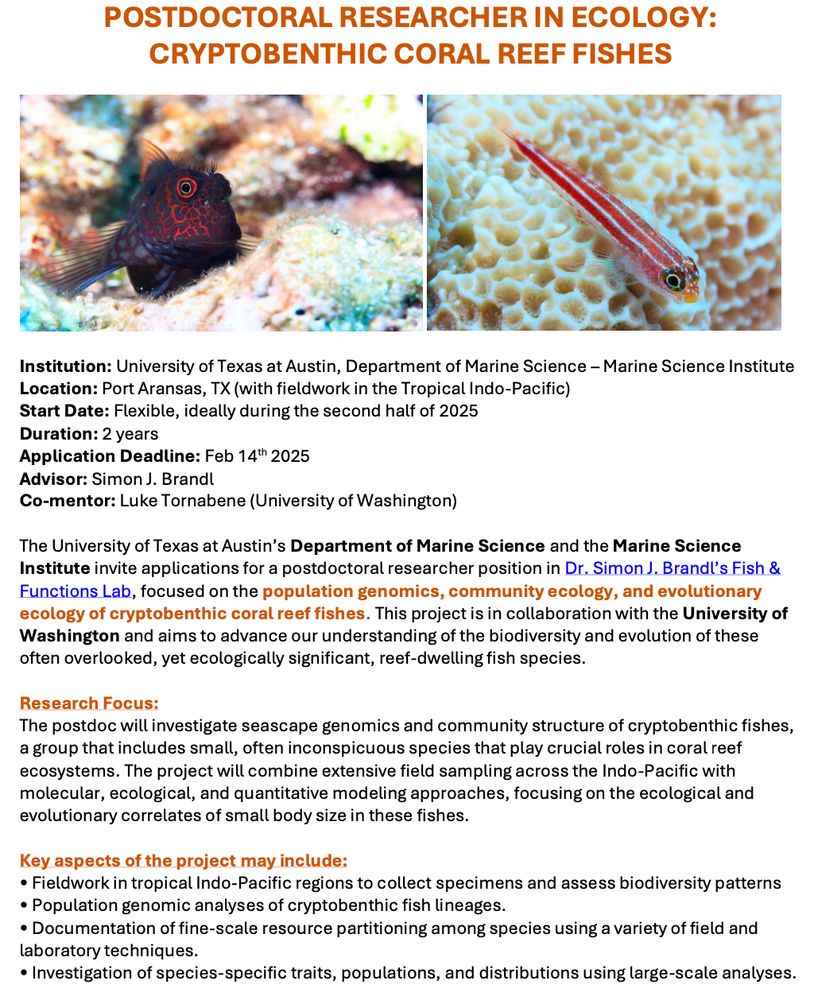
🚨New postdoc positions available: we are looking for 2 postdoctoral researchers to join a large, collaborative effort to document, describe, and investigate the biodiversity of tiny, cryptobenthic fishes in the Indo-Pacific 🤏🐠🧪. More details: fishandfunctions.com/join%F0%9F%9...
Please repost 🦑🧪
18.12.2024 22:09 — 👍 103 🔁 71 💬 1 📌 3
Eeeek! Super happy to be part of this #mesophotic team and show this new #study on the current trends and biases of Mesophotic #research 🔥 led by the great @drradice.bsky.social
18.12.2024 08:49 — 👍 9 🔁 0 💬 1 📌 0
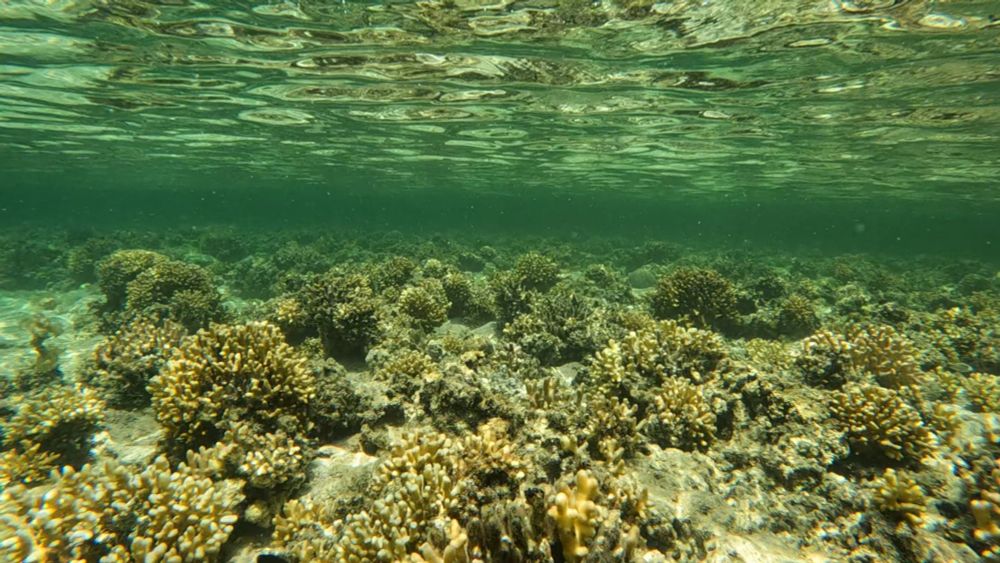
A shallow reef flat in August 2023 covered with branching corals. About half of them are live and yellow, while the rest are dead from natural mortality over the years.
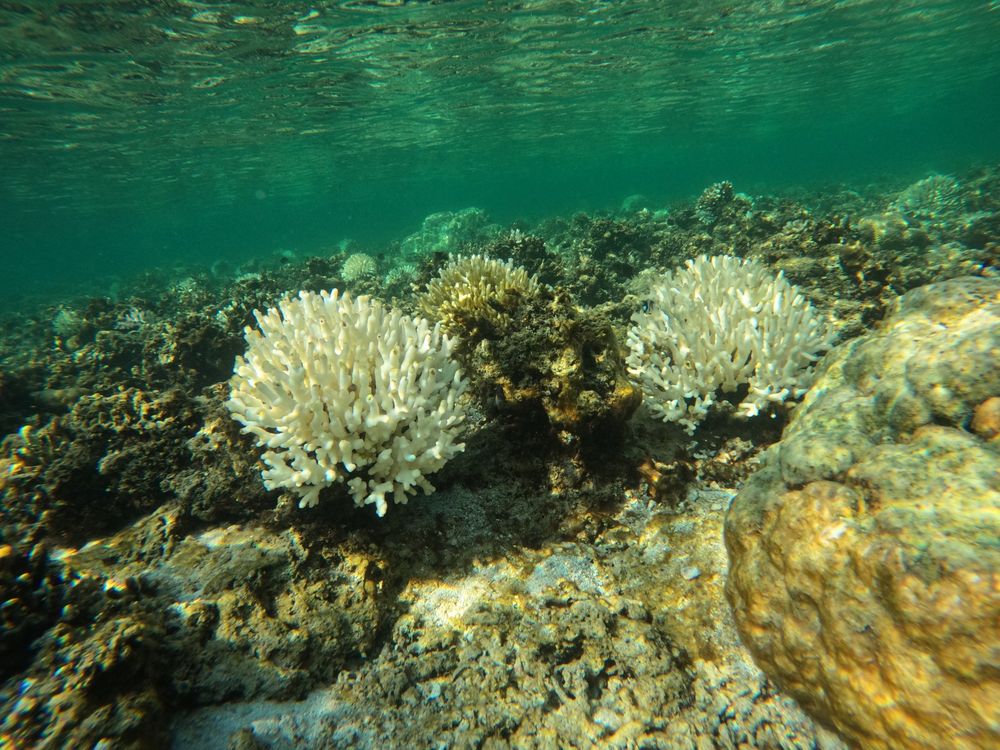
A few bright white coral colonies in the reef flat that are undergoing bleaching in August 2024.
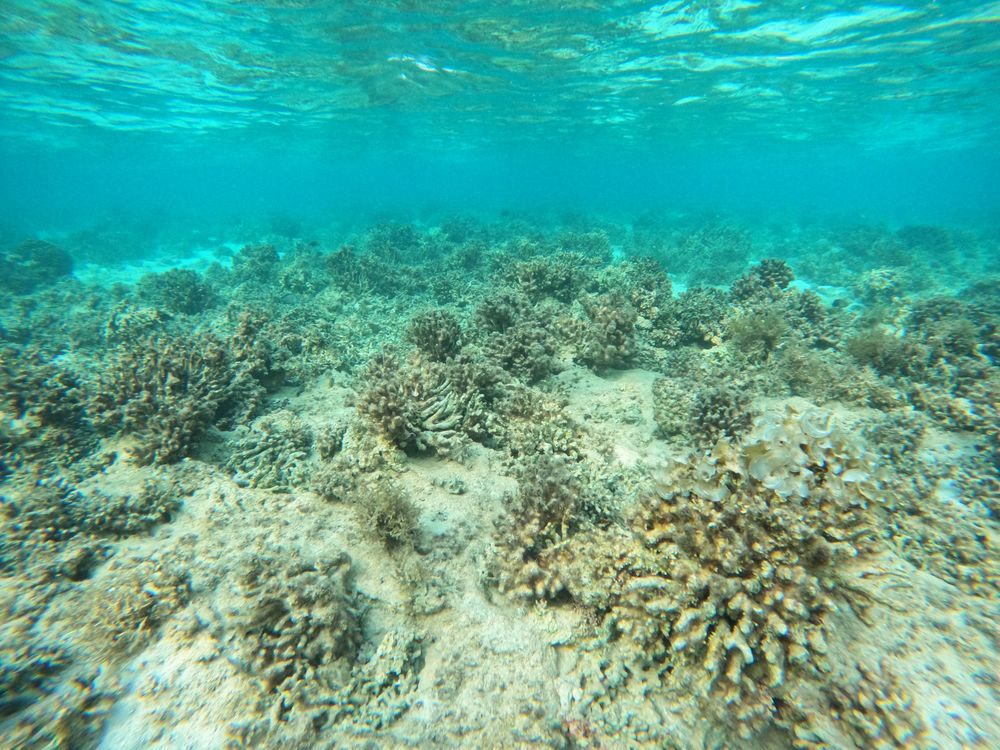
The same reef flat after the bleaching event. Photo taken December 2024. All colonies are grey and dead.
I started surveying the shallow reef flats in front of KAUST for my PhD in 2020. I was impressed that corals could live in such extreme conditions - the water hits 38ºC in the summer! However, heatwaves in '23 and '24 were too much even for these corals. Today's survey had nearly 100% mortality 😞 🌊🦑
15.12.2024 10:53 — 👍 27 🔁 7 💬 2 📌 0
PhD student | Oxford Seascape Ecology Lab | University of Oxford
Passionate about seascape ecology, geospatial science, and all things fish 🐠🌊🗺️. She/Her. Views my own.
🪸🦠 PhD Candidate, NSF GRF 🪸🦠 @LSU Seascape Ecology Lab | Modeling the spatial ecology of coral disease
🚨 Looking for postdocs! 🚨
Science & stories from the sea (& occasionally the other 30% of the planet)
🌊 Marine science, tech, policy, sustainability writer
🤿 Founder Ocean Oculus, the ocean-focused communications microagency
📈 Researcher
☕ Tea drinker
🧀 Cheese eater
🐧 Bird admirer
🌊💙 Marine Fisheries🌟
Promoting sustainable fishing practices & supporting fishermen's livelihoods 🎣💕
Deep sea nerd (Marine Biology & Oceanography graduate) love a seamount (he/him), mostly harmless! Learning about the sea so I can help save life on earth! (Yes, an optimist!). Views my own.
This is the History Department at the University of Plymouth's official BlueSky account where we share details of our events and news about our students and colleagues
Shining a spotlight on the importance of monitoring wildlife and ecological research, with a focus on the groups that get less attention. 🍄🪱🪲🕷️🐌🪼🦈
Posts by Keiron Derek Brown
Marine ecology and urban coastal restoration
Palaeo and Marine Ecologist and Palaeontologist. Asst. Prof @camzoology.bsky.social & @zoologymuseum.bsky.social at the University of Cambridge. PI @deeptimeecology.bsky.social She/Her
PhD candidate at LECReefs 🐠
Looking at seabird nutrient effects on cryptobenthic fish productivity in the Indian Ocean 🏝️
Professor of Marine Biology, Bangor University, UK @sosbangor.bsky.social.
Coral reef ecology across scales and trophic levels.
Marine ecologist, leftist, cat parent | LaJeunesse Lab PhD Defended & NSF GRFP Fellow | they/he 🏳️🌈🧪🦠🪸
tags: coral, ecology, psu, algae, phycology, enby
AI art spam = block
Associate Professor - Department of Earth Sciences, University of Oxford
I'm interested in how corals respond to climate change, and how currents transport things around our ocean!
nvogtvincent.co.uk
Lecturer/Associate Prof. at Sorbonne University. Integrative ecology and ecotoxicology, aquatic organisms 🐟, ecosystems, and multiple stressors.
Scientist @icmcsic.bsky.social #Barcelona: aquatic microbes, ecosystems, genomics, evolution, AI, bioinformatics & SciFi 🇪🇸🇦🇷 https://log-lab.barcelona
Assistant Professor Biology Cal State San Marcos. Human being full of microbes.
https://erikadiaz.org/
The Centre for Marine Evolutionary Biology (CeMEB) was established in 2008 in Sweden and has become a meeting place for marine evolutionary researchers from around the world. Check https://www.gu.se/en/cemeb-marine-evolutionary-biology

